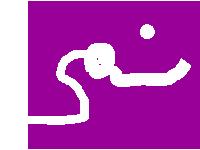 Puzzle 2: it would seem that flatlanders cannot have a complete digestive system in the form of a tube running the length of their bodies for such a tube cuts them in half. Is there any way around this problem?
Puzzle 2: it would seem that flatlanders cannot have a complete digestive system in the form of a tube running the length of their bodies for such a tube cuts them in half. Is there any way around this problem?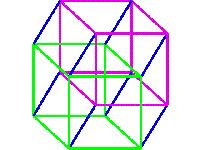
.
 Puzzle 2: it would seem that flatlanders cannot have a complete digestive system in the form of a tube running the length of their bodies for such a tube cuts them in half. Is there any way around this problem?
Puzzle 2: it would seem that flatlanders cannot have a complete digestive system in the form of a tube running the length of their bodies for such a tube cuts them in half. Is there any way around this problem?
.
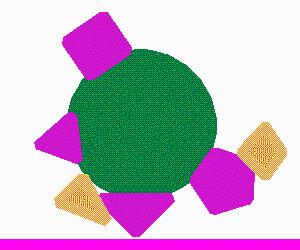 Puzzle 3: Abbott's Flatland is not really a very close analogue of our world, for although our space is 3-D we cannot move freely in three dimensions. Instead we must walk around on the surface of a sphere. What would be an analogous design for a 2-D world?
Puzzle 3: Abbott's Flatland is not really a very close analogue of our world, for although our space is 3-D we cannot move freely in three dimensions. Instead we must walk around on the surface of a sphere. What would be an analogous design for a 2-D world?
.
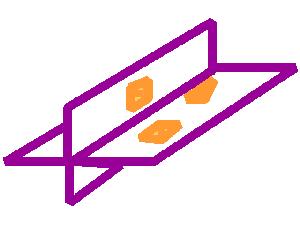 Puzzle 4: In four dimensions it would be possible to have two 3-D spaces perpendicular to each other. Two such spaces would have only a plane in common. Suppose now there is a 3-D space perpendicular to ours, a space with people moving around in it. Use a flatland analogy to figure out how these people would appear to us. Alternatively, figure out how we would appear to them.
Puzzle 4: In four dimensions it would be possible to have two 3-D spaces perpendicular to each other. Two such spaces would have only a plane in common. Suppose now there is a 3-D space perpendicular to ours, a space with people moving around in it. Use a flatland analogy to figure out how these people would appear to us. Alternatively, figure out how we would appear to them.
 Puzzle 5: The volume of a cube s feet on a side is s^3. What do you think the formula for the hypervolume of a hypercube s feet on a side should be. In particular, what is the hypervolume of a 2x2x2x2 hypercube?
Puzzle 5: The volume of a cube s feet on a side is s^3. What do you think the formula for the hypervolume of a hypercube s feet on a side should be. In particular, what is the hypervolume of a 2x2x2x2 hypercube?
Reference:
All of these puzzles were adapted from Puzzles in Rucker's book. For more information about the fourth dimension or for more puzzles purchase this book or check it out at your library.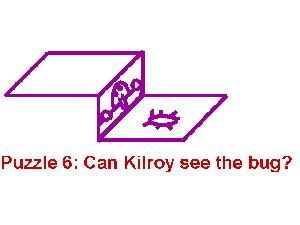
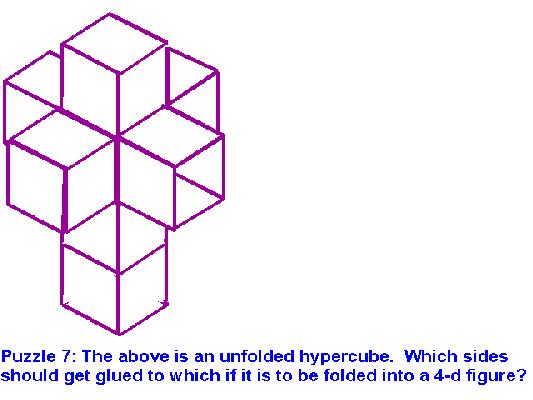
The Fourth Dimension by Rudy Rucker
ISBN: 0-395-39388-4